The building materials that are nowadays used are preferred to be Eco-friendly and include renewable, non-toxic, reusable as well as recyclable materials. These materials not only provide the necessary comfort required in a house but also are known for their longer life span and sustainability. The Eco-friendly building materials mainly consist of energy-efficient and cost-effective constructional materials. But, the main reason for not using these is because they are expensive. But, in the long run these materials are very efficient as they save a lot of energy and hence, cost-effective. They mainly consist of straw, bricks and timber, all of them being Eco-friendly and easily available.
Here are some of the Eco-friendly buildings materials that you should consider when you build your house:
1) Straw bales:
A byproduct of the grain industry is the straws. While they are generally burned to eliminate them, these straws are used strategically in building homes too. Straw bale houses are popular in Native American communities. These straws also provide very good insulation and provide good strength to the structure when used with stucco and plaster. You might have no idea how strong a house built on straw bales could be! There are rectangular straw bales that are available and are easily stacked to form walls of the building. They are also trimmed with a chainsaw to acquire the required shape and size and then covered with cement. It also provides a very good base for the construction of passive solar building design.
2) Timber:
Timber is the most commonly used building material available. It is known for its flexibility and strength. This is the reason why it is extensively used in building especially since it’s renewable too. Moreover, it is very easy to work with timber and does not require much expertise.
3) Bricks:
As simple as they sound, the usage of bricks is supposed to have been used since 7500B.C.. The brick houses have some important features like they provide preferred temperature stability when used on the insides of the house. They also have high thermal mass. The clay bricks that are available are said to be energy efficient as they maintain a stable temperature and also are fire resistant. They can provide sufficient resistance to the fire for about one continuous hour. Also, these clay bricks do not emit any kind of harmful greenhouse gases and do not cause leaching. These clay bricks can also be further recycled and need not go to the landfills after one use.
4)Recycled Wood/Plastic composite lumber (WPC):
Building materials consisting of an equal composition of wood fibers as well plastic composite tend to be stronger as well as Eco-friendly. You might wonder how plastic can be termed as Eco-friendly. Well, the plastic composite lumber that is blended with wood is in fact the recycled plastic. All the plastic bags that are recycled are sometimes made into plastic lumber. While plastic lumber is not so strong, the wood fibers that are added to it bring in rigidity and strength by transforming it into wood/plastic composite lumber. The only drawback is that it very expensive compared to the normal plastic lumber that is obtained in the market.
5) Rammed earth:
This is a proportionate concoction of several materials like cement, clay, sand and also gravel. These materials after being mixed well are then compacted by a machine to form a water-resistant, strong and massive material that is extensively long lasting and Eco-friendly. For the water proofing feature, there are separate water proof additives that are specifically added to it.
6) Concrete:
This one of course is used in all constructional purposes. It provides a very good thermal mass and is known for it’s rigid, strong and temperature stability maintenance features. Moreover, the Eco-friendly form of concrete is high volume fly-ash concrete. Fly ash being a byproduct of the coal-burning process goes generally to the landfills. This fly-ash when used in the concrete makes it very environment-friendly and also sustainable.
7) Structural insulated panels:
It is basically like a sandwich of materials like cement panels, plywood strand boards. It’s rarely used in the construction of homes as they are termed to be less appealing to the eye. But, it’s got excellent features like fire resistance, and it can be used in construction of basements and also foundations. The panels go well with their counterparts like stucco, wood grain and also stones. Moreover, SIP panels are known for being Eco-friendly and energy-efficient. The use of SIP panels considerably reduces the waste materials traveling towards landfills since they are made up of recycled materials. The materials that are used in structural insulated panels are strand boards and expanded polystyrene. The production of expanded polystyrene causes very less impact on the environment and hence can be called as energy–efficient. Also, Strand boards are fabricated using fast growing trees and hence they are Eco-friendly.
Builders should more often use such Eco-friendly materials mostly because they are extremely energy-efficient and some of them are Eco-friendly as well. Usage of more such materials will lessen the wastes at the landfills and also will have a considerable positive impact on our dear mother Earth.
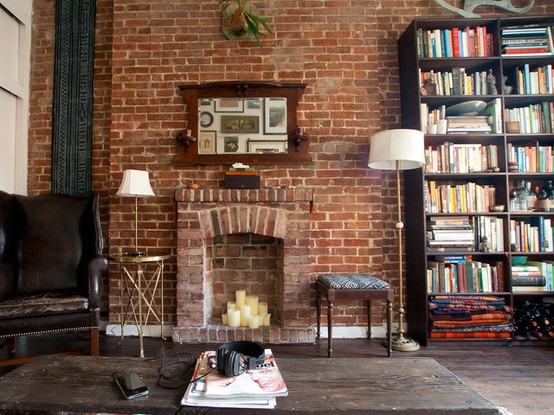
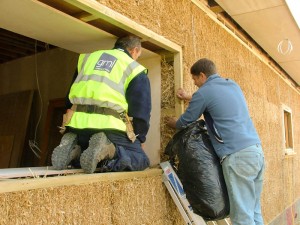
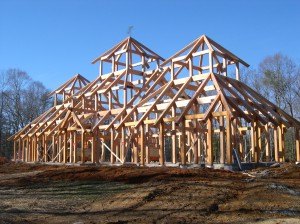
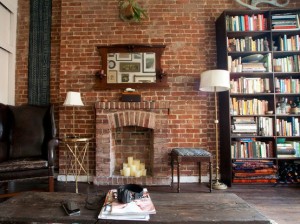
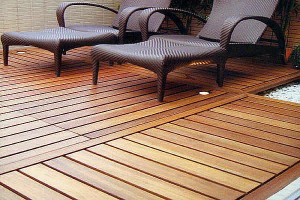
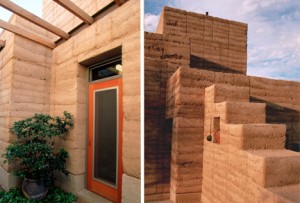
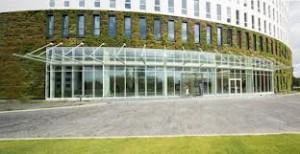
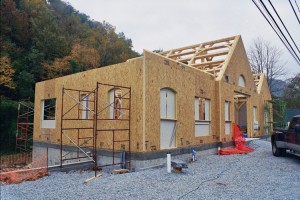
Leave a Reply